نانو ذرات ، ذرات بسیار ریزی از مواد غیر معدنی هستند که اندازه ی آن ها بین 1 تا 100 نانومتر است. این ذرات بر خلاف ذرات بسیارریز و یا مواد درشت، خواصی دارند که به سایز آن ها وابسته بوده و با تغییر درصد سطح به درصد حجم مواد، این خواص نیز تغییر می کنند. به دلیل کوچک بودن ذرات نانو، این ذرات می توانند الکترون های خود را محدود کرده و با تولید اثرات کوانتومی منجر به خواص نوری غیرمنتظره ای شوند.
نانو ذرات آهن، ذراتی از فلز آهن هستند که اندازه ی آن ها کوچکتر از میکرومتر است. به دلیل بزرگ بودن مساحت سطح، این نانو ذرات بسیار فعال و واکنشی هستند. نانو ذرات آهن در حضور اکسیژن و آب به سرعت اکسید شده و به یون های آزاد آهن تبدیل می شوند.
نانو ذرات آهن به طور گسترده در زمینه ی پزشکی و آزمایشگاهی به کار برده می شوند. از این ذرات همچنین در تصفیه ی سایت های آلوده به ترکیبات کلری استفاده می شود.
نانو ذرات آهن از طریق ترکیب نمک آهن با سدیم بروهیدرات در یک محیط آبی سنتز می شوند. البته در شرایط اسیدی یا بازی و در معرض اکسیژن و آب، این ذرات می توانند مجددا به آهن اکسید شوند.
با توجه به افزایش کاربرد مواد نانو در صنایع و علوم مختلف، سایت مال کالا مجموعه ای کامل متشکل از انواع نانو ذرات در حجم های مختلف را برای مصرف مشتریان عزیز فراهم آورده است.
(شناسه محصول : 00341201054)
The term “nanoparticle” is not usually applied to individual molecules; it usually refers to inorganic materials.Ultrafine particles are the same as nanoparticles and between 1 and 100 nm in size, as opposed to fine particles are sized between 100 and 2,500 nm, and coarse particles cover a range between 2,500 and 10,000 nm.
Nanoparticles are of great scientific interest as they are, in effect, a bridge between bulk materials and atomic or molecular structures. A bulk material should have constant physical properties regardless of its size, but at the nano-scale size-dependent properties are often observed. Thus, the properties of materials change as their size approaches the nanoscale and as the percentage of the surface in relation to the percentage of the volume of a material becomes significant.
Nanoscale iron particles are sub-micrometer particles of iron metal. They are highly reactive because of their large surface area. In the presence of oxygen and water, they rapidly oxidize to form free iron ions . They are widely used in medical and laboratory applications and have also been studied for remediation of industrial sites contaminated with chlorinated organic compounds.
Iron nanoparticles can be synthesized by the reduction of Fe(II) or Fe(III) salt with sodium borohydride in an aqueous medium.
Iron nanoparticles can be synthesized by the reduction of Fe(II) or Fe(III) salt with sodium borohydride in an aqueous medium.




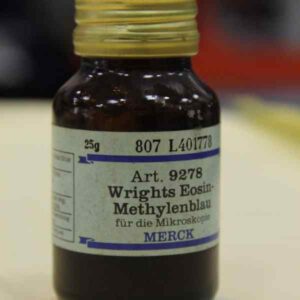
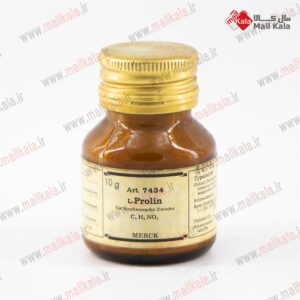

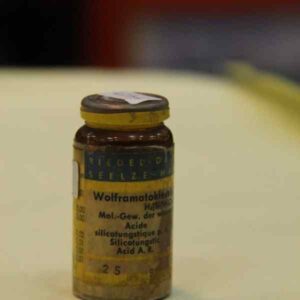
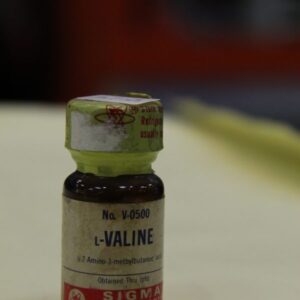
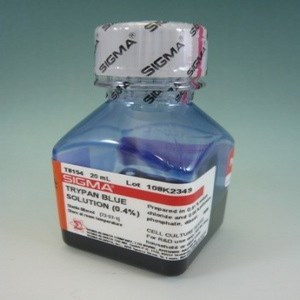



نقد و بررسیها
هنوز بررسیای ثبت نشده است.